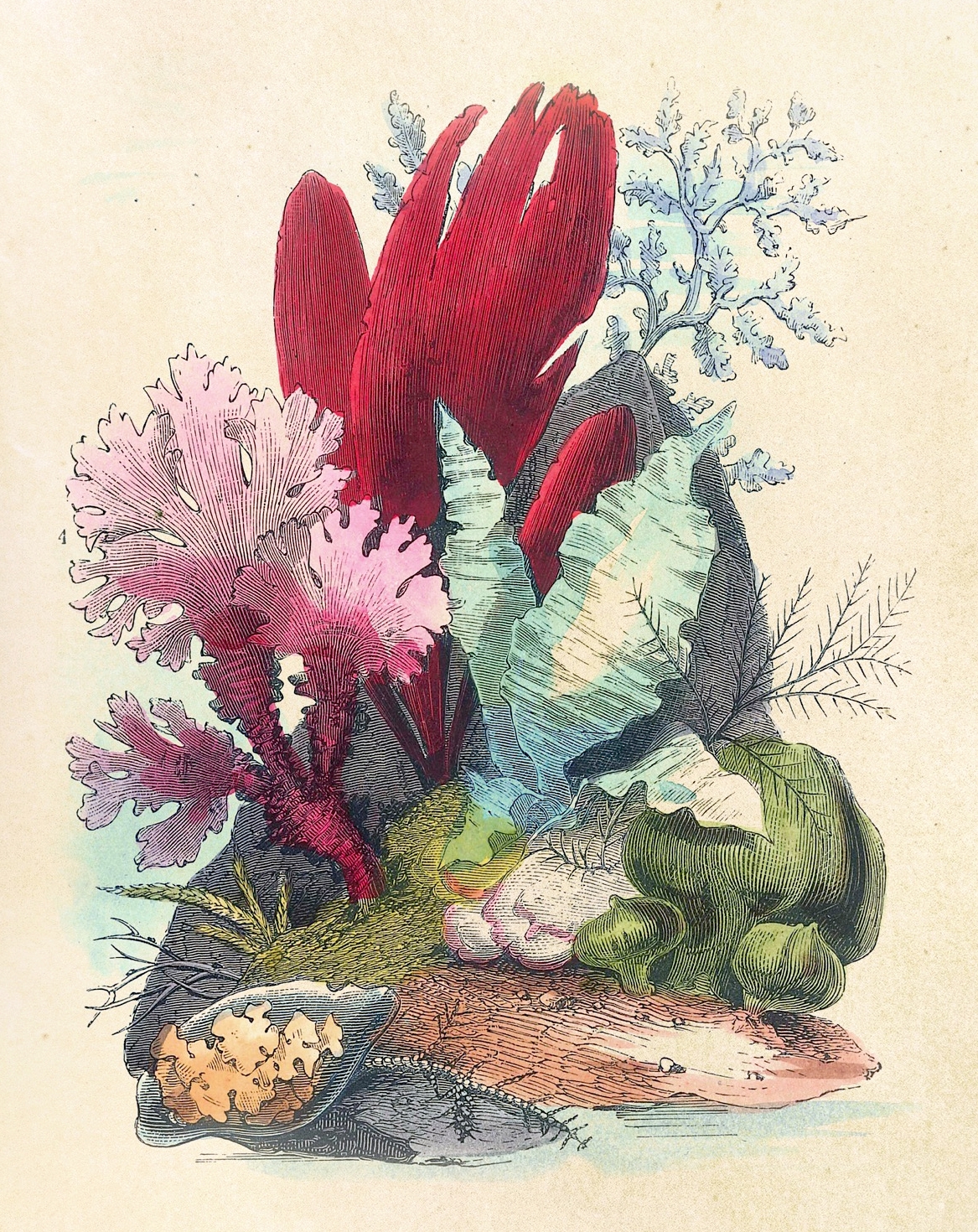Treasures of the Collection
Our unique collection provides a tangible insight into the literary, intellectual, and cultural mindset of the Library's founding members over 200 years ago and of their successors throughout the 19th century. The books and archives offer rare opportunities to interrogate the culture of Boomtown Manchester at the height of colonial expansion and cover a range of subjects with a particularly strong focus on travel, biography, science, poetry, history, and maps. Unusually for a 19th-century special collection, there is also a fine representative selection of fiction, including many first editions. You can see some of the Library's most treasured items at our changing public exhibitions and can apply to become a member, reader or researcher to gain access to all of the Library's books.
Belzoni in Egypt and Nubia
Plates Illustrative of the Researches and Operations of G. Belzoni in Egypt and Nubia, Giovanni Battista Belzoni, 1822
Comprising the accompanying plates to Giovanni Belzoni's Narrative of the operations and recent discoveries within the pyramids, temples, tombs, and excavations, in Egypt and Nubia, this handsome elephant folio volume is rarely found together with its descriptive narrative. It contains various etchings and magnificent hand coloured lithographs of ancient antiquities and Egyptian artwork.
Born in 1778 in Padua, Italy, Giovanni Belzoni escaped the French invasion of 1798 and worked as a barber in the Netherlands and a circus strongman in London before embarking on ambitious archaeological excavations in Egypt. A century before the rediscovery of Tutankhamen's tomb, Belzoni recorded equally breathtaking examples of ancient Egyptian art in this stunning volume.
Elizabeth Gaskell
As a woman in the mid-19th century, prior to the Married Women’s Property Act of 1870, Elizabeth Gaskell was excluded from membership of the Portico Library. She was, however, able to access its books through her husband William, the Library’s longest-serving Chair. “I can see all the quarterlies three months after they are published,” she wrote to the publisher George Smith, “till then they lie on the Portico table, for gentlemen to see. I think I will go in for Women’s Rights!” North and South is just one of a number of Elizabeth Gaskell first editions contained in the collection. The author is a defining figure in bringing the North of England into the mid-19th-century literary consciousness and the novel provides a snapshot of Manchester life.
Icones plantarum rariorum
Icones Plantarum Rariorum, Nikolaus Joseph Freiherr von Jacquin, 1781
Icones plantarum rariorum was published between 1781 and 1793 and in its final form consisted of three volumes in sixteen fascicles. The 648 coloured copper engravings were the work of Joseph Hofbauer, Ferdinand and Franz Bauer, and Joseph Scharf. This beautiful folio volume, donated to the Library by Henry and Lynne Simon, is an abridged collection of 100 plates selected from the full collection.
Samuel Ringgold Ward
Author and abolitionist Samuel Ringgold Ward was born to enslaved parents in Maryland in 1817, who escaped their captor with their son when he was just a toddler. In his Autobiography, he writes of his visit to Manchester and the conditions of millworkers in nearby Bolton, Preston, and Wigan. It is possible that he visited the Portico and might even have donated his book to the Library in person, as it is recorded as having been added to the collection less than a year after it was published in 1855. The Library’s ‘Strangers Books’ from the Victorian period show that several noted anti-slavery campaigners visited fellow abolitionists among the membership, although many other early members profited from those industries that exploited enslaved and indentured people.
If you would like to explore the Library’s important 19th-century books and archives, ask about becoming a researcher here.
Ocean Gardens
Ocean Gardens: the history of the marine aquarium and the best methods now adopted for its establishment and preservation, Henry Noel Humphreys, 1857.
This beautiful first edition, combining practical advice and beautiful illustrations of aquariums and their contents, needs repair and rebinding. It is eligible for sponsorship through the library's Adopt-a-Book scheme.
A voyage towards the South Pole
A voyage towards the South Pole, and round the world, James Cook, 1777
The Portico’s extremely rare first editions of James Cook’s journals and ‘Voyages’ share details of the first recorded encounters between Aboriginal Australian and British people from the seafarers’ perspectives.
In 2020 the Portico Library worked with artist and Uluru traditional custodian Rene Kulitja to examine the resulting colonisation of her land, people, and culture in an exhibition and online discussion marking 250 years since those first voyages.
A description of the human body
A Description of the Human Body: its structure and functions, John Marshall, 1860
Famed surgeon John Marshall's acclaim rested upon the skill with which he taught physiology and anatomy in relation to art. Many of his lectures were delivered to art students at Marlborough House. His talent is no more evident than in this important work on human anatomy, which is supplemented with nine incredibly detailed plates with unmistakable elements of artistic flair.
A dictionary of English phrases
Though seldom remembered today, Kwong Ki Chiu—or Kuang Qizhao—was an influential progressive lexicographer and educator during the Qing era in China and in the United States. The full title of his phenomenally extensive 1881 idioms list is A dictionary of English phrases with illustrative sentences : to which are added some English proverbs, and a selection of Chinese proverbs and maxims; a few quotations, words, and phrases, from the Latin and French languages; a chronological list of the Chinese dynasties, harmonized with the chronology of western nations and accompanied with an historical account of the rise and fall of the different dynasties; and short biographical sketches of Confucius and of Jesus.
A general history of birds
Artist Ann Latham contributed several illustrations to her father John’s early books, but—like so many women before and since—she was not credited for her work. John Latham’s 1822 General History of Birds introduced European readers to several Southern Hemisphere species for the first time including the 'Emu', the 'Barking Owl' and the 'Noisy Friarbird'.
Many of the Library’s stunning early natural history books featured in its 2019 exhibition Second Nature: What is nature anyway?
The Sports and Pastimes of the People of England
The sports and pastimes of the people of England: including the rural and domestic recreations, May Games, mummeries, shows, processions, pageants, and pompous spectacles, from the earliest period to the present time, Joseph Strutt, 1830
This book is a key source for information on leisure time activities in 'Olde England,' including sports, hunting, games, dancing, gymnastics, music, festivals including Christmas and May Day and customs such as Mumming, The Boy Bishop, and The Lord of Misrule. It is a delight to peruse and has inspired some of our prints and greetings cards (available through our online shop).
Read visual anthropologist Hope Strickland on one featured pastime, dominoes, on our Off the Shelf illustrated articles page.
Paradise lost
Paradise Lost: a poem in twelve books, John Milton, 1688
This rare fourth edition of Milton's seminal work Paradise Lost is the handsome, folio-sized volume that his supporters had been clamouring for in the years following his death in 1674. It is notable for being the first illustrated edition, with full-page copper engravings by John Baptiste de Medina, Bernard Lens, and Henry Aldrich bringing to life the passionately and methodically described battle of truly biblical proportions between the Good Almighty and the Evil Almighty.













